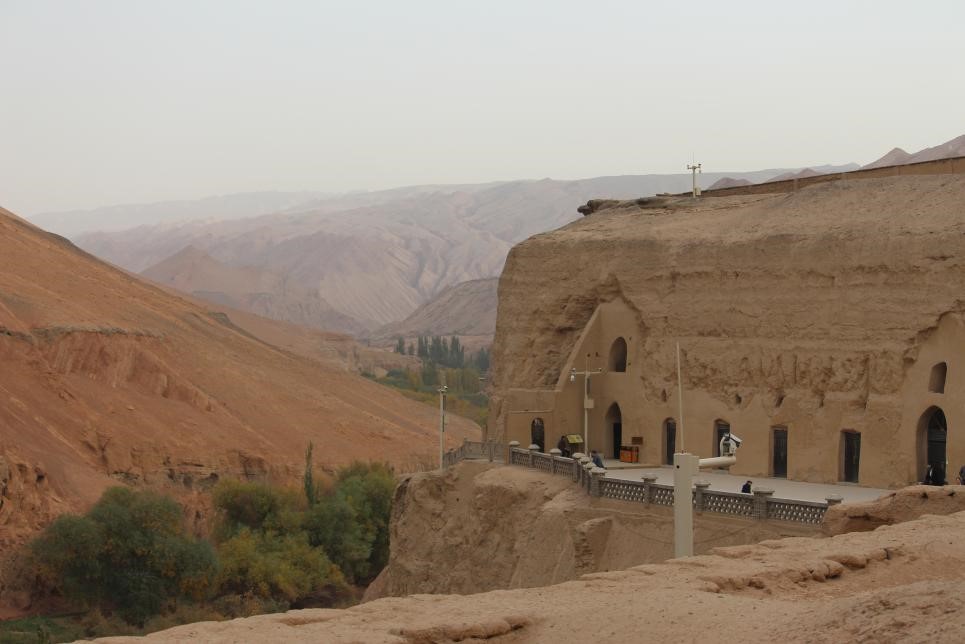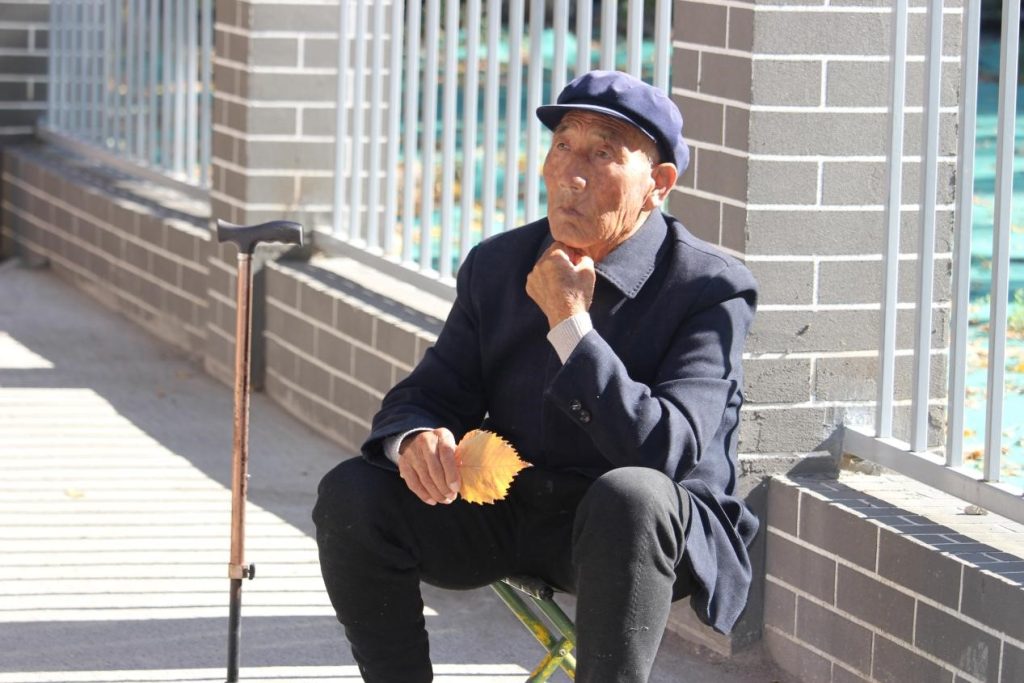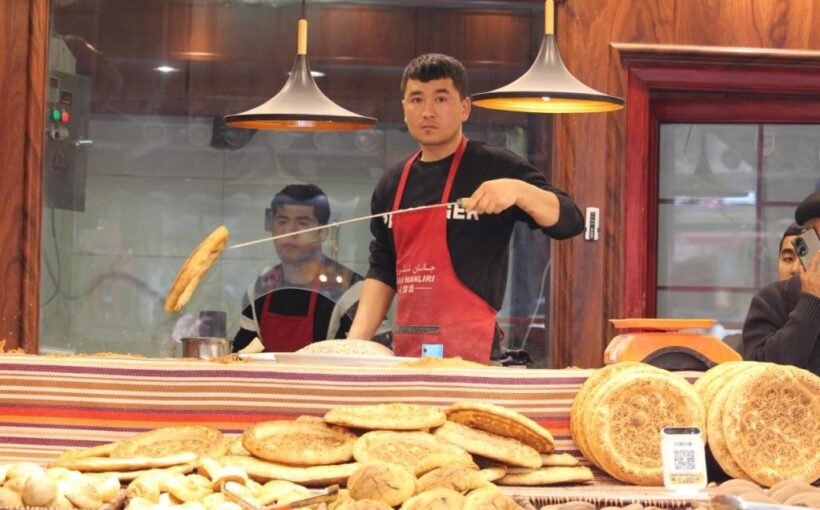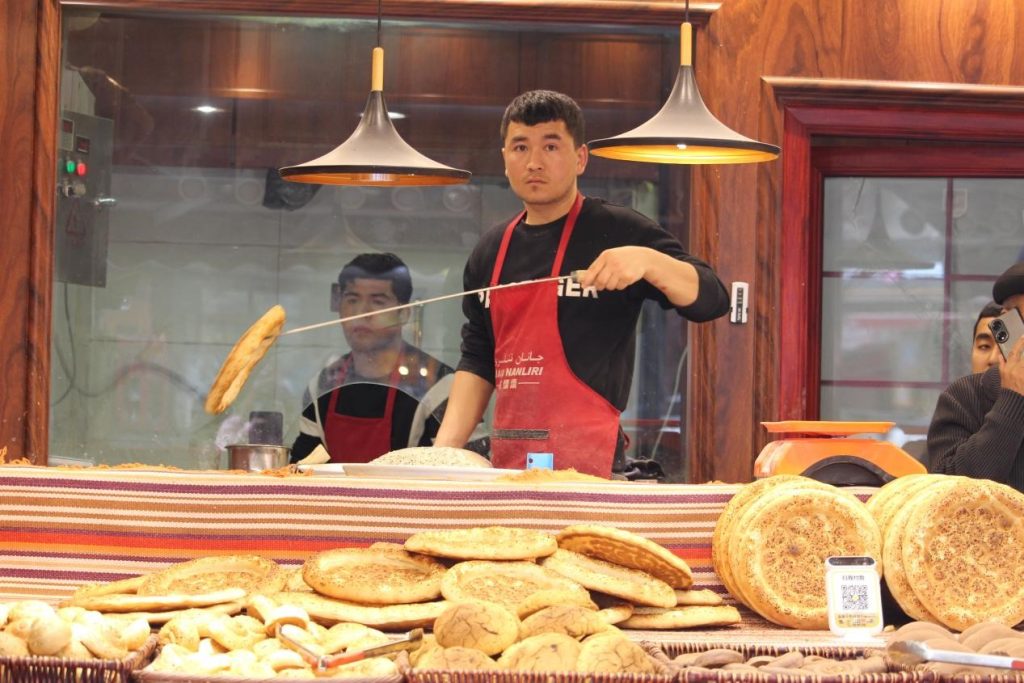By Shikha Pandey
Urumqi, November 22: Xinjiang, officially known as the Uygur Autonomous Region. located in western China, was one of the important trade and cultural centers on the ancient Silk Route. It is now part of China’s Belt and Road Initiative (BRI), connecting China with Central Asia, Pakistan and the Middle East.
Recently, I was part of a three-week’ visit to Xinjiang organized by the Ministry of Culture and Tourism of China for Sinologists. I was fortunate to represent India along with representatives from 21 countries It was indeed a mesmerizing experience.
Xinjiang, which is less explored and understood in terms of its culture and society, stands out to be different from all other provinces in China I have been to so far. It is rich in a variety of resources, including flora and fauna, fruits and crops, and racial and ethnic diversity. It has a robust culture and history that has been preserved over centuries.
Understanding the current situation in Xinjiang calls for a multi-dimensional approach. To begin with, one must first have an understanding of the growth taking place in China as a whole, including Xinjiang. Xinjiang boasts of advanced infrastructural facilities that one would normally expect to see in the metros of China such as Beijing, Shanghai, Chongqing, Shenzhen, etc. The capital city of Xinjiang, Urumqi, has a variety of modern amenities, skyscrapers, big malls, broad roads and flyovers, metro and bus stations, banks, universities, multinational fast-food chains like McDonald’s, KFC, Burger King etc. There are also a lot of large public parks in the city where people relax.
However, compared to China’s more developed cities like Shanghai and Beijing, the cost of living in Urumqi is noticeably less. It is possible to get by with less money as far as food and transport are concerned.
While exploring the streets one came across people from diverse ethnic backgrounds such as Han Chinese, Uighur, Hui, Kazakh, and Kirghiz. The locals seemed to be curious about foreigners since foreign visitors are rare here. On many occasions, while exploring the streets of Urumqi or Kashgar, I was asked by many locals about my nationality. Some guessed that I would be an Indian. I could see their excitement on knowing that I was from India, since the influence of Bollywood is strong here. Most knew Bollywood stars Shahrukh Khan and Amir Khan. The kids I met on a street were happily taking selfies with me. It was very easy for me to communicate with the locals since language wasn’t a barrier for me. I speak Chinese.
Nightlife in Urumqi was bright with a lot of street foods stalls clubs and pubs which are open till well into the night. I also ran into a few Indian medical students in the street food stalls. They told me that they were from Bangalore, Delhi, and Jaipur pursuing studies at the Xinjiang Medical University in Urumqi.
Xinjiang has remarkable natural beauty boasting of a stunning and awe-inspiring terrain. The Altai mountains have snowy peaks. Moving towards the central part, the landscape is defined by the Tian Mountains, also adorned with snow-capped summits. The Turpan Basin has the distinction of being the lowest point below sea level in China. In the southern part of Xinjiang, the Kunlun Mountains dominate the scenery. The Tarim Basin is known as the driest region in Eurasia. Then there is the Taklamakan desert.

I had the privilege of visiting the Tian Mountain and the Tian Heavenly Lake, Turpan City, the historical town of Jiaohe, Thousand Buddha Caves, and the historic city of Kashgar, which was one of the key cities along the ancient Silk Route.
I was amazed to see the old town of Jiaohe (around 2000 years old) and the Thousand Buddha Cave paintings.
The Thousand Buddha Caves are evidence of the religious exchange between India and Xinjiang along the ancient Silk Route. Even today, the influence of Buddhism can be seen across China. These sites embody the vibrant culture of the region preserved in its pristine natural environment. But these are less explored and less understood by foreigners.
A visit to China’s famous milk and dairy products factory, Xiyuchun, in Changji city, was a very good learning experience. China uses advanced technologies in factory operations and production on a large scale. The other interesting place was the Changji National Agricultural and Technology Park. The park is equipped with many greenhouses to grow organic vegetables. The park area was huge, with a big flower garden.

We came across many grape and cotton farms in Changji and Turpan. The most popular Hami muskmelon comes from Xinjiang’s Hami region. Xinjiang produces some of the best quality fruits (such as pomegranates, varieties of grapes and melons, apples, etc.). The apples have sweetness in every bite.
When it comes to safety and security, China has consistently maintained a stringent approach. In Xinjiang, the public safety video information system is well established, and the level of security observed in this region surpassed that of other areas in China that I have previously visited. Law enforcement vehicles, specifically police cabs, along with policemen, could be seen throughout the province. They actively monitor areas assigned to them. Individuals are assured of a high level of safety even at night.
Xinjiang, a region with a rich historical heritage, serves as a prominent center for the cultivation and expression of many art forms. Dance and musical performances are common. The intercultural connection between the languages, art, and culture of Xinjiang and various other countries linked by the historical Silk Route could easily be observed in the daily life of the people of Xinjiang.
Numerous stringed musical instruments resembling the traditional Indian Sitar, Sarod, Sarangi, and Dilruba could be seen in the shops or being played by locals. The people of Xinjiang also love to sing and dance, just like Indians, and they have their own dancing and singing styles, which vary between the Uyghur, Kazak, Uzbek minorities in the region. While exploring the International Bazaar, I came across a big crowd of locals happily dancing in pairs, spending their evening with music and entertainment.
Xinjiang’s embroidery artwork is comparable to Indian embroidery. The preference for vibrant hues is evident in their artistic expression, with red being particularly prevalent. Furthermore, they use various animal-inspired motifs, such as goat horns and phoenixes in their designs. As in Indian embroidery, they draw inspiration from nature, featuring avian creatures, floral motifs, and a diverse array of Mandala patterns.

As regards, the Uighur language, there are similarities with Hindi. Both linguistic systems have been subject to the impact of the Persian language. As an illustration, the term denoting onion in both Uighur and Hindi is “Piyaz”, while almond is “Badam”, and the word for book is “Kitab”.
Xinjiang is experiencing significant and rapid development across multiple sectors, with a substantial growth potential. The aesthetic appeal of the region, coupled with the modesty and benevolence of the inhabitants of Xinjiang, has profoundly impacted my emotional state.
In contrast to other regions of China, Xinjiang exhibits a notable degree of cultural diversity and intercultural interconnection. This characteristic facilitated my enhanced understanding and connection with Xinjiang, since it shares numerous cultural similarities with India, owing to its historical ties thanks to the ancient silk route.
Opening picture credit: Shikha Pandey
(Shikha Pandey, formerly an Assistant Professor of Chinese at Bombay University is currently pursuing her doctoral studies at the Beijing Language and Culture University)
END
The post An Indian in Xinjiang appeared first on NewsIn.Asia.




